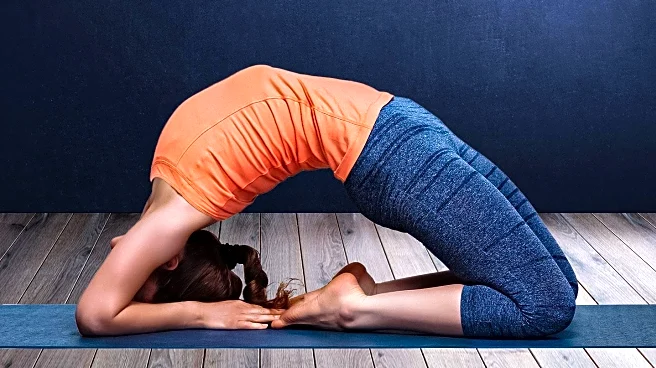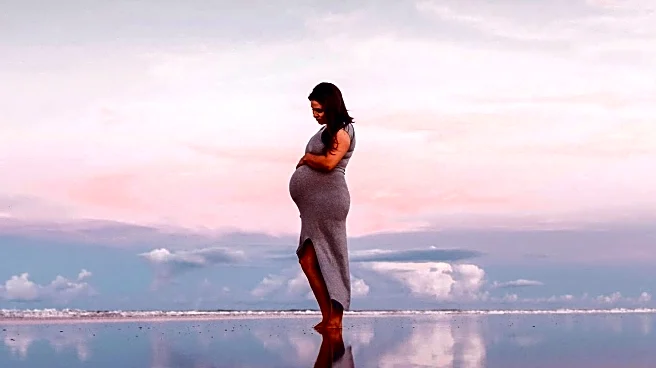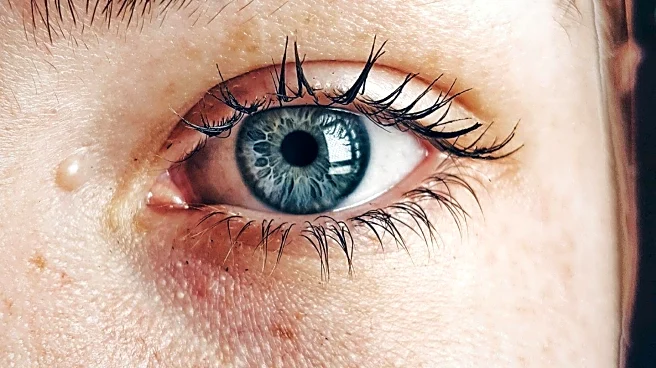What is the story about?
What's Happening?
A neurologist has issued a warning about the potential stroke risks associated with certain yoga poses. While yoga is widely used for stroke rehabilitation, some poses can cause cervical arterial dissection, a tear in the wall of a neck artery, leading to a stroke. This condition accounts for 1% to 2% of all strokes and up to 25% of strokes in young and middle-aged individuals. Poses involving extreme neck extension or pressure on the head, such as the wheel pose, fish pose, and hollowback handstand, have been linked to strokes. The warning comes as over 795,000 Americans are expected to experience a stroke this year, with risk factors including high blood pressure, diabetes, and high cholesterol.
Why It's Important?
The warning about yoga poses and stroke risk is significant as it challenges the perception of yoga as a universally safe practice. While yoga offers numerous health benefits, including improved strength and posture, the potential for certain poses to cause serious health issues highlights the need for caution and awareness. This information is crucial for yoga practitioners, especially those with pre-existing health conditions, to make informed decisions about their practice. It also underscores the importance of consulting healthcare professionals before engaging in activities that may pose health risks. The broader impact may include increased scrutiny of yoga practices and potential changes in how yoga is taught and practiced.
What's Next?
Individuals practicing yoga, particularly those with health concerns, are advised to consult with healthcare professionals before engaging in poses that may pose a risk. Yoga instructors may need to reassess the poses they teach and provide guidance on safe practices. The medical community may conduct further research to better understand the link between yoga poses and stroke risk, potentially leading to updated guidelines for yoga practice. As awareness of these risks grows, there may be increased demand for yoga classes that focus on safe and gentle poses, catering to individuals seeking the benefits of yoga without the associated risks.
AI Generated Content
Do you find this article useful?













